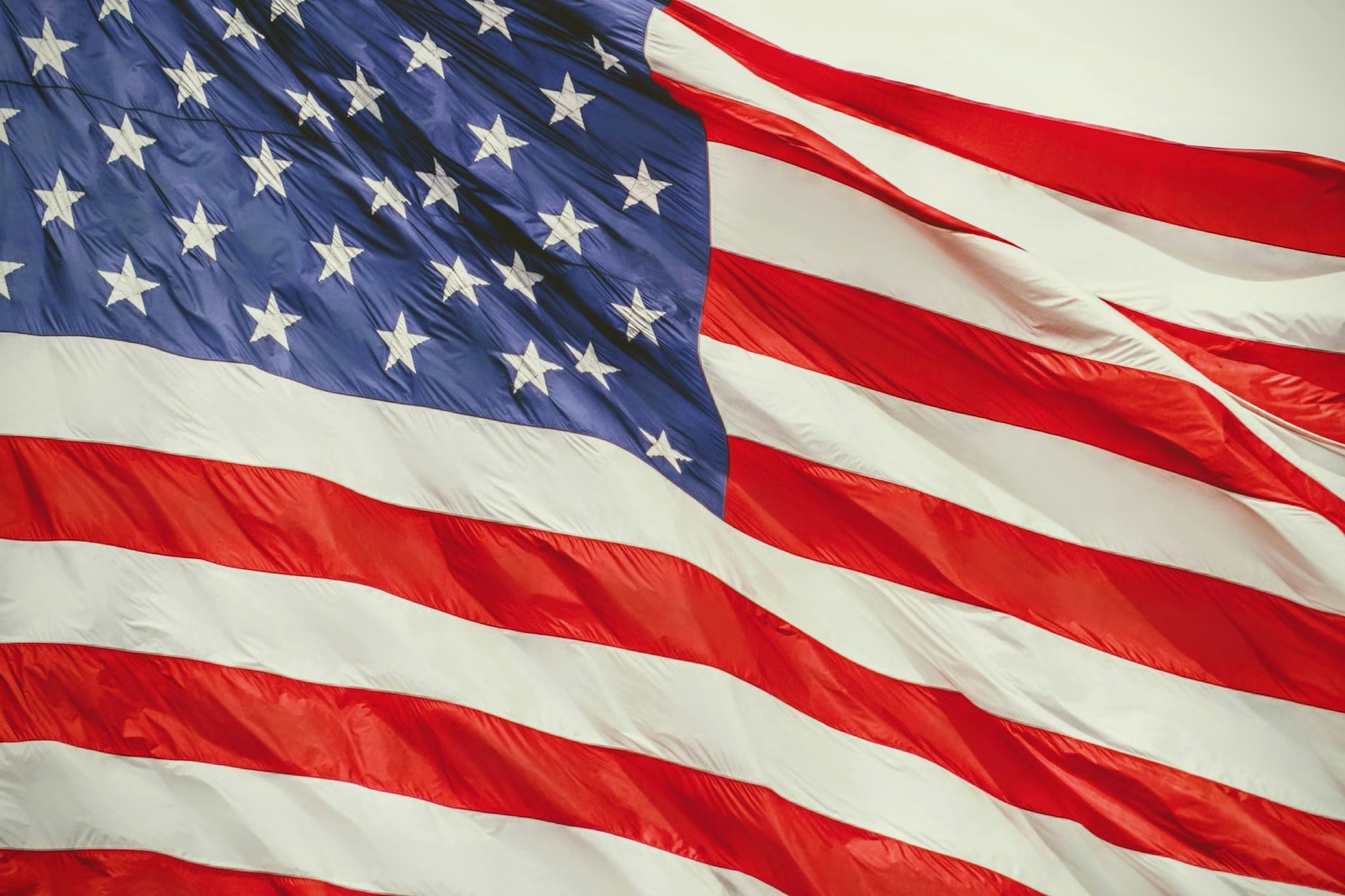Key takeaways
• Ford’s CEO Jim Farley says Chinese EV makers outpace U.S. rivals.
• He points to BYD and Xiaomi’s fast innovation, subsidies, and low prices.
• Farley urges U.S. automakers to build cheaper electric vehicles and back tariffs.
• Critics note Tesla still thrives in China despite local competition.
• The debate grows over how the U.S. can match global EV leaders.
Chinese EV makers
Ford’s top executive, Jim Farley, recently raised concerns about the rise of Chinese EV makers. He said they now overshadow big names like Tesla, GM, and Ford. BYD and Xiaomi lead the pack with fast breakthroughs. They use government help and move with a speed that U.S. firms struggle to match. As a result, Chinese EV makers grab more sales at home and abroad. Below, we explore why Farley sounded the alarm and what it means for U.S. car companies.
Why Chinese EV makers are winning
First, Chinese EV makers invest heavily in research and development. They test new tech faster and at lower cost. In fact, they often skip long testing phases that slow U.S. models. Second, they benefit from huge local subsidies. Chinese regions offer tax cuts and direct funding to boost sales. This support helps them undercut prices set by Tesla and other foreign brands. Third, these companies act with shocking agility. They tweak designs, add new features, and launch models in months. By contrast, U.S. firms may take years to bring a car from concept to dealer lots.
In addition, Chinese EV makers build in volume. Their home market is massive, so they can produce millions of units a year. High output brings lower unit costs. Thus, they use bulk buying power for parts and batteries. This means they can sell cars for a few thousand dollars less than U.S. rivals. Therefore, many buyers see Chinese-made electric vehicles as the smart deal.
U.S. urgency to adapt
However, Farley insists that U.S. automakers can still fight back. He calls for a strong focus on affordable models. Rather than only flagship electric SUVs or luxury sedans, he wants low-cost options. A cheaper EV could draw in more first-time buyers. Moreover, Farley suggests tariffs on Chinese imports. Tariffs would make Chinese cars costlier, giving U.S. brands more room to compete. He also wants more U.S. federal support, such as tax credits tied to domestic manufacturing.
Nevertheless, critics say tariffs might backfire. They warn that price hikes could slow overall EV adoption. If buyers pay more, they might stick with gas cars longer. Still, many in the auto world agree that new policies are needed. Without change, U.S. firms could lose critical market share. If Chinese EV makers grow too strong, they could shape global standards and supply chains.
Tesla’s performance in China
Interestingly, Tesla shows it can thrive even amid fierce Chinese competition. Last year, it sold more than half a million vehicles in China alone. It keeps adding new features via over-the-air updates. Plus, it has local factories that cut shipping costs. Many buyers still love Tesla’s brand and technology. This gives some hope to U.S. carmakers.
Yet, the very success of Tesla intensifies the race. It pushes Chinese EV makers to improve further. They see Tesla’s market share and work harder to match its range, speed, and safety ratings. In response, BYD recently unveiled batteries with longer lifespans. Xiaomi plans an electric model with advanced software control. Their efforts show how competition can rapidly drive progress.
Industry reactions and debate
Across the auto industry, voices diverge. Some executives call for stronger trade barriers. They argue that low-cost Chinese imports threaten jobs and factories. Others worry that a trade fight could spur retaliation. China might limit rare-earth exports vital for EV batteries. This risk could stall the entire global supply chain.
Policy experts also weigh in. They point out that China’s long-term plan for electric vehicles dates back over a decade. The U.S. only ramped up support recently. Experts say that to catch up, America needs a clear, consistent strategy. This might include more funding for battery plants and support for small EV startups. Moreover, they stress that charging infrastructure must expand nationwide. A lack of chargers still worries many drivers.
What comes next
Looking ahead, U.S. automakers face key decisions. They must decide whether to focus on cutting costs or boosting high-end features. Many may try both paths. For example, a firm could build a budget-friendly hatchback alongside a luxury electric SUV. Meanwhile, they will lobby for new trade rules and federal support.
Beyond policy, customer sentiment matters. As more drivers see Chinese EV makers on roads, their trust could grow. If these brands prove reliable, they might earn strong loyalty. U.S. makers must match quality and service to retain buyers. They can also emphasize local assembly and parts to appeal to patriotic shoppers.
Finally, the overall pace of change is breathtaking. Electric cars now account for a growing share of global sales. Chinese EV makers will keep innovating and undercutting rivals. Tesla will push boundaries with self-driving tech. U.S. giants will roll out new EV lines between 2025 and 2030. Ultimately, consumers win when competition heats up.
FAQs
How do Chinese EV makers get government subsidies?
China’s government offers tax breaks, direct funding, and incentives for buyers. These measures lower production and purchase costs for local EV brands.
Can tariffs help U.S. automakers compete?
Tariffs could raise the price of Chinese imports, giving U.S. cars a relative edge. However, they might also increase costs for consumers and risk trade retaliation.
Why does Tesla still do well in China?
Tesla built a factory in Shanghai. Local production cuts shipping costs. Strong brand appeal and over-the-air software updates keep buyers interested.
What should U.S. makers focus on to fight Chinese competition?
They need to build affordable EV models, expand charging networks, and secure federal support. Improving supply chains and battery tech is also key.

